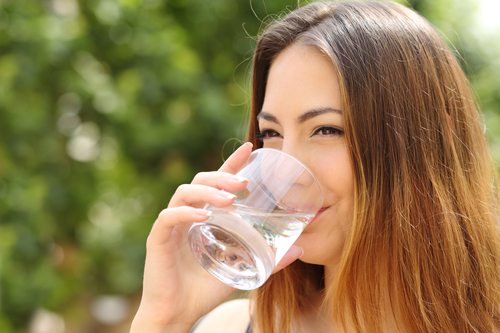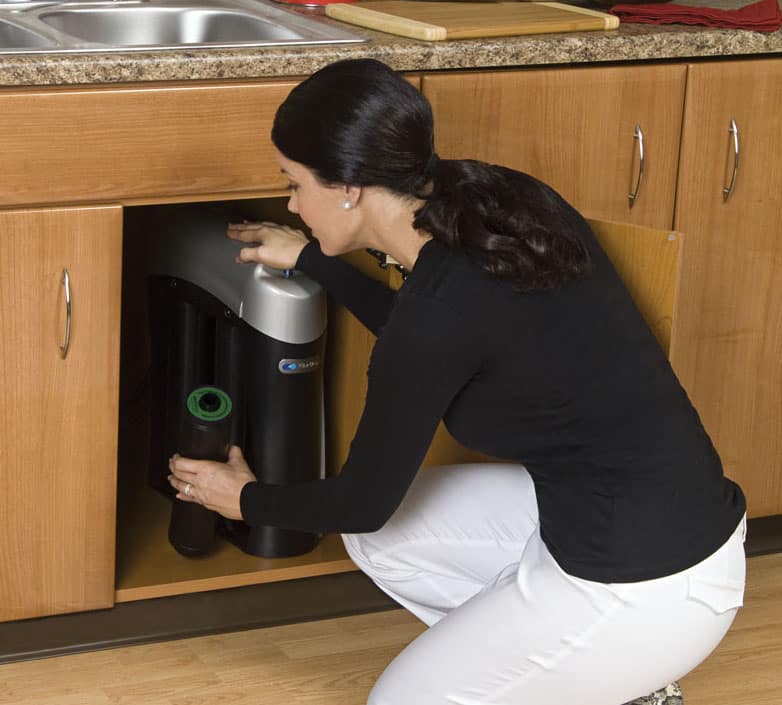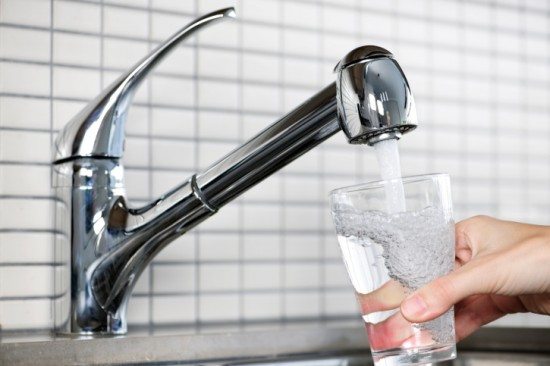Made in the year 2000, the film Erin Brockovich documented one woman’s fight against contaminated drinking water, and a particular cancer-causing compound called chromium-6. While the film may have ended well, recent data from the Environmental Work Group shows that about 250 million Americans may have drinking water that’s contaminated with this chemical.
At Kinetico, our water filtration systems will help keep this kind of harmful chemical away from you and your family. Let’s look at some test results, possible explanations, and how you can identify if chromium-6 is present in your water.
Test Results
Based on test results obtained from nearly 50,000 local utilities, drinking water supplies are contaminated with chromium-6 for about 250 million Americans. For about 231 million of these, average levels of chromium-6 exceed the cancer risk level, which is one-in-a-million.
Somehow, though, this still may understate the total number of people exposed. Water from most smaller water utilities and private wells isn’t tested for chromium-6 at all, and there are no federal regulations on chromium-6 in drinking water or tap water.
Possible Explanations
A couple possible reasons why chromium-6 levels are higher in the recent study:
- The EPA classifies utilities that purchase finished water from other utilities as consecutive systems, and testing requirements here are less stringent. This suggests that many consecutive systems are therefore buying water contaminated with chromium-6 from other utilities.
- California is the only state with a public health goal and legal limits for chromium-6. The areas that fall under their testing requirements only serve less than 10,000 people.
Identifying Issues
Until national limits are instituted, you can find out about chromium-6 levels by using the EWG database to search your area.
For more on chromium-6, or to find out about our home water systems, speak to the pros at Kinetico today.








